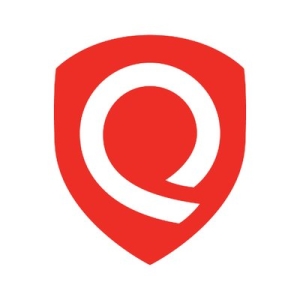Whenever Microsoft releases any zero-day vulnerabilities, they provide a workaround. We are able to push that workaround from the Patch Management module. We can push the registry key changes or use the PowerShell script. We push changes to almost 600 devices in ten minutes. It helps us ensure our infrastructure security. Qualys Patch Management has significantly improved our visibility into vulnerability remediation and patch severity. The solution has enabled us to remediate a large number of vulnerabilities and reduce our attack surface effectively. We can track live updates and present dashboards to management, which has increased their confidence in our security posture. We can see the progress while pushing the patches. We have VMDR dashboards and reports. The reports are user-friendly, and everyone can understand these reports. We could also present them to the management. They were also happy to see the progress. They had visibility. We have not implemented much automation. We are still in the early stages of this solution and testing out the possibilities. We had an issue because of the requirement that every server should be connected to the Internet before downloading the patches, but QGS was very helpful with that. QGS helps to ensure that we are able to patch devices that are not connected to the Internet. We are able to prioritize the vulnerabilities and remediation. We did not see any discrepancies. With some of the other tools I have used, I have seen so many discrepancies between the vulnerability and the patching. It helped our teams to work together. We created a separate team for vulnerability remediation. We also could help the patching team and support them in automating patch management. Previously, they were doing it manually on each server. With Qualys Patch Management, there is an increase in vulnerability remediation. We have remediated almost 100,000 vulnerabilities. That is a huge count. Previously, we used a formula to identify critical vulnerabilities, and we could remediate only a limited number of vulnerabilities. With Qualys Patch Management, we could remediate all the vulnerabilities. We did not exclude any of the vulnerabilities. There is also an increase in the patch rate. Previously, we could only cover 30% patching, whereas with Qualys Patch Management, within one and a half months, we could achieve 70% to 80% patching. The remaining ones are not included in the initial phase because of certain dependencies. We pushed data to almost 2,000 devices. It took some time for us to do the testing. We tested on ten production devices. After that, we pushed the patches to other devices. We can download reports and customize the report templates based on the information we need. Our management could clearly see where we are now as compared to before. They could see our progress. They could see that we have fixed all high-priority ones within a month. The remaining ones are of medium and low priority. Even if we do not remediate them, it will be fine. The Risk Reduction Recommendation Report helped us see which vulnerabilities would reduce the most risk within our organization.





